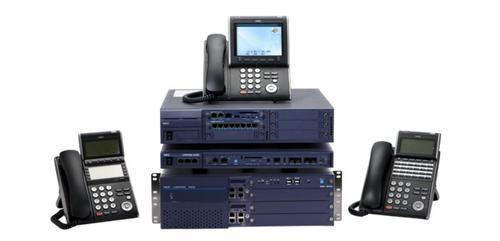Introduction
A public address system (PA system) is an electronic system comprising microphones, amplifiers, loudspeakers. It increases the volume (loudness) of a human voice, musical instrument, or other acoustic sound source or music. PA systems are used in any public venue that requires an announcer, performer, etc. be sufficiently audible at a distance or over a large area. Typical applications include sports stadiums, public transportation vehicles and facilities, large stores, temples and churches, live or recorded music venues and events
Components of a PA System
Speakers: The speakers are the most important component and come in different shapes and sizes. There are three main types of PA speakers: mains, sometimes referred as “tops,” subwoofers, sometimes referred as “bottoms,” and stage monitors.
Main Speakers create most of the PA’s sound. They are normally sized between 10’-15’ with a smaller tweeter speaker above the woofer.
Subwoofers are larger than the main speakers and produce lower frequencies than the mains which has an effect of “filling out” the sound that the ear will here. They are typically 15’-20’ speakers.
Stage Monitors are usually positioned near the performer or speaker to help them hear themselves and also known as the front-of-house speakers.
Amplifiers : PA speakers can either be passive or active. Active speakers have an internal amplifier of their own while passive speakers have no internal amplifier and require an external amplifier to convert the line level signal of the mixer to a level where it can drive the speaker to the necessary volume. We install a passive PA system when we trust the entirety of the system’s sound to one component.
Mixing Consoles : A mixing console has a number of channels and helps in combining sounds, routing, and changing the volume level, timbre (tone colour) or dynamics of many different audio signals.

Types of PA Systems
Portable All-In-One PA System is easy to use turn-on-and-go systems.. A typical system will output approx 100watts and will generally run on battery or mains, provide a wireless handheld microphone and some music playback options CD/Bluetooth etc. Ideal for an audience size of up to 50 people or for any outdoor use. The emphasis is on convenience and portability.
Speaker PA System is the most popular solution type of PA System. It contains numerous microphones, background music, laptop audio, wireless mics and podium mics. It produces high quality sound for every type of event including assemblies, meeting , launches, town halls and small gigs. Ideal for an audience size of up to 150 people. These systems can be increased to 4,6,8,10 speaker systems as audience size increases. They are available as both ‘passive’ and ‘active’ systems.
Live Event PA Systems for live music events (band or DJ) require some additional bass bins and a lot more power. The type of system required depends on the gig, audience size, etc. There are a vast range of systems available to suit every possible scenario.
Advantages of an EPABX System
The call transferring and forwarding feature has enabled the mobility of the users.
Automatic redialing of numbers and auto conferencing has initiated engagement which is also one of the advancements in the characteristics of the EPABX.
It supports features like voice DISA-n-auto attendant which is of great help to attendants and receptionist.
The further specifications of this system include inbuilt paging, auto fax homing, hot outward dialing, remote dialing, auto shut dynamic shot, as well as remote servicing.
Questions to consider while installing an EPABX System
1. How many employees will need a phone?
2. How many incoming and outgoing (traffic pattern) calls per day ?
3. How many parallel calls run per day
4. Do you need any hotline for the manager or his team ?
5. Do you need to plan for scope of extension for future ?
6. Are you a solopreneur who works from home and want separate phone numbers for business and personal use? These two lines would become a SOHO (Small Office/Home Office) phone system.
Based on the answers for the above, one can decide on the trunks and users required for an organization to help narrow down the choices.
